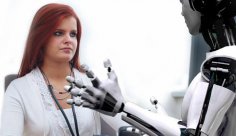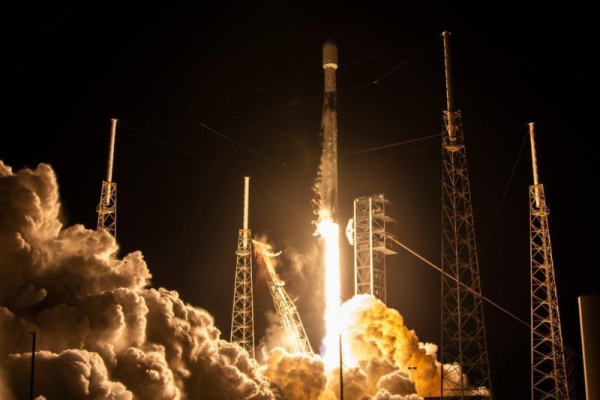Today, anyone has the opportunity to buy a 3D printer and print things right at home. Usually such equipment is used to create figurines or missing pieces of furniture and equipment. But sometimes 3D printers are used even in cooking – they are loaded with raw materials such as minced meat and subsequently printed dishes of different shapes and sizes. And the dishes can be fried immediately with laser, thereby ensuring proper heating and giving them juiciness and a beautiful appearance. Scientists at Columbia University recently conducted a series of experiments to see how roasting food with lasers is better than cooking in an ordinary oven. It turned out that food cooked in this way has better qualities and allows chefs to unleash their creativity.
Printing food with a 3D printer
Food printing on a 3D printer was first mentioned in 2015 in the pages of the scientific journal Procedia Manufacturing. In general, the principle of the technology is known to all – raw materials are poured into the printer and different dishes are created from it layer by layer. Except that different substances are always used as “ink. For example, in 2018, a group of Korean scientists led by Rhee Jin-Kyu (Jin-Kyu Rhee) adopted cryogenic flour. To put it a little more simply, the researchers exposed the products to temperatures of -100 degrees Celsius and obtained microparticles composed of carbohydrates and proteins. By controlling their ratio, scientists were able to print edible structures.
Cooking with a laser

As part of scientific work, the results of which were published in the scientific journal Science of Food, U.S. scientists have tried not only to print the food, but also at the same time to fry it. And cooking they conducted two ways: the first group of printed products, they heated with a laser, and the second heated in an ordinary oven. The main goal of the scientists was to compare the taste and other qualities of printed food, fried by different methods. Chicken meat was used as the raw material for the 3D printer, from which square-shaped structures were made.
During the experiments, the scientists found that the laser-cooked food loses less weight and volume than that cooked in the oven. Also, laser cooking prevented the food from burning around the edges, as usually happens in case of cooking in ovens. The powerful laser demonstrated greater penetration, meaning it roasted pieces of meat faster. But the weak laser also had its advantages – it was good for browning the surface of food. Also, weak beams can be used for cooking thin foods. For example, chefs will be able to warm up the constituent parts of a sandwich quickly if needed.
The authors of the scientific paper noted that they also let two tasters try meat cooked in different ways. Volunteers shared that they liked the laser-cooked foods best. Their main advantages were greater juiciness and uniform texture. In conclusion, the researchers shared that the laser cooking technology can not only improve the taste of food, but also allow chefs to apply different patterns to its surface, making it more beautiful.




